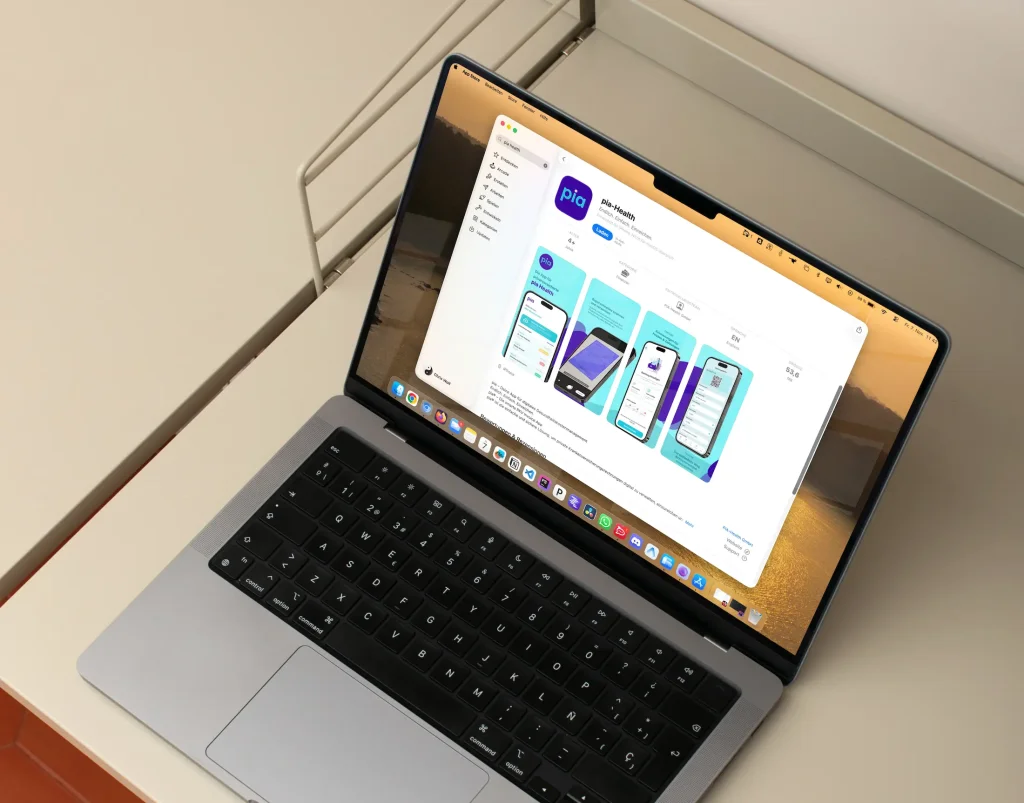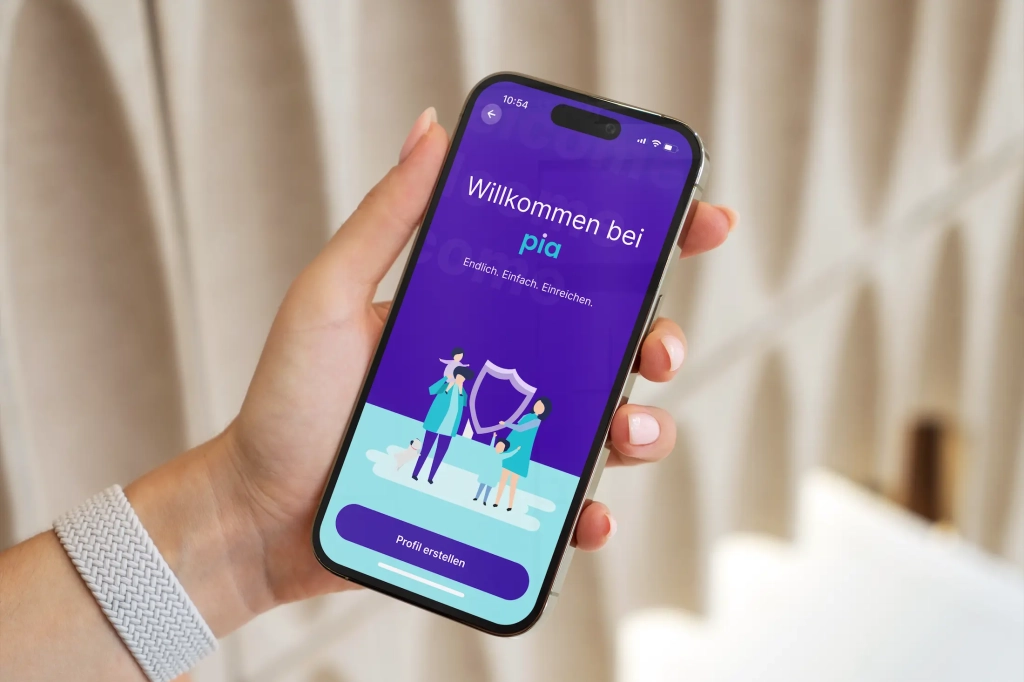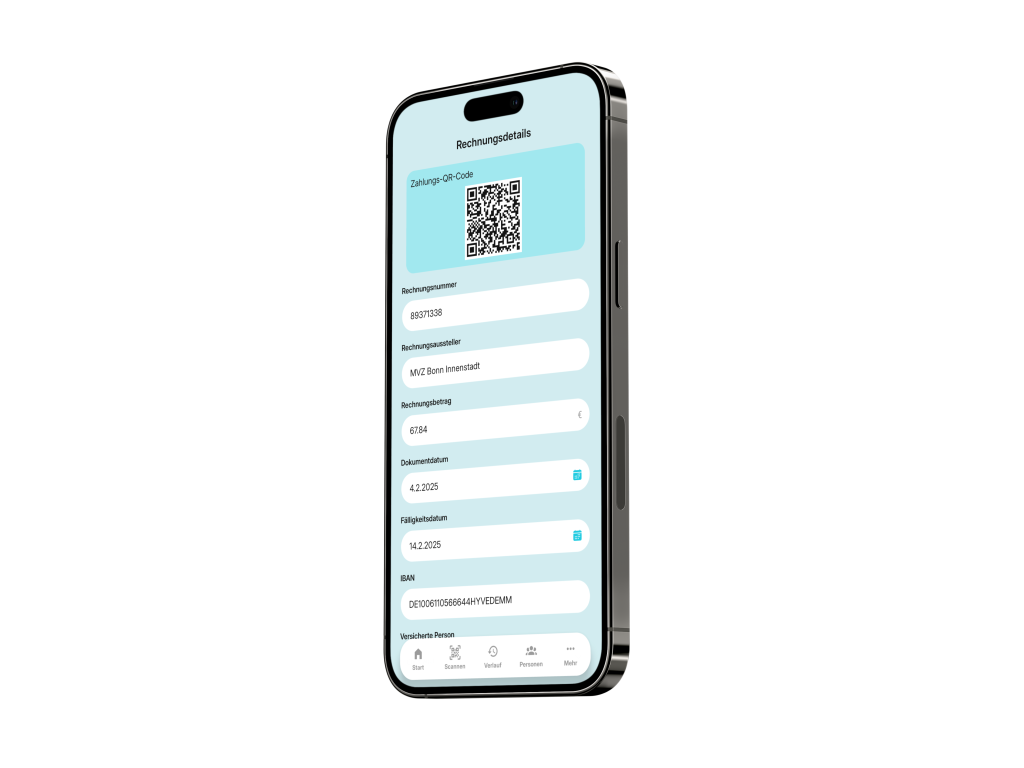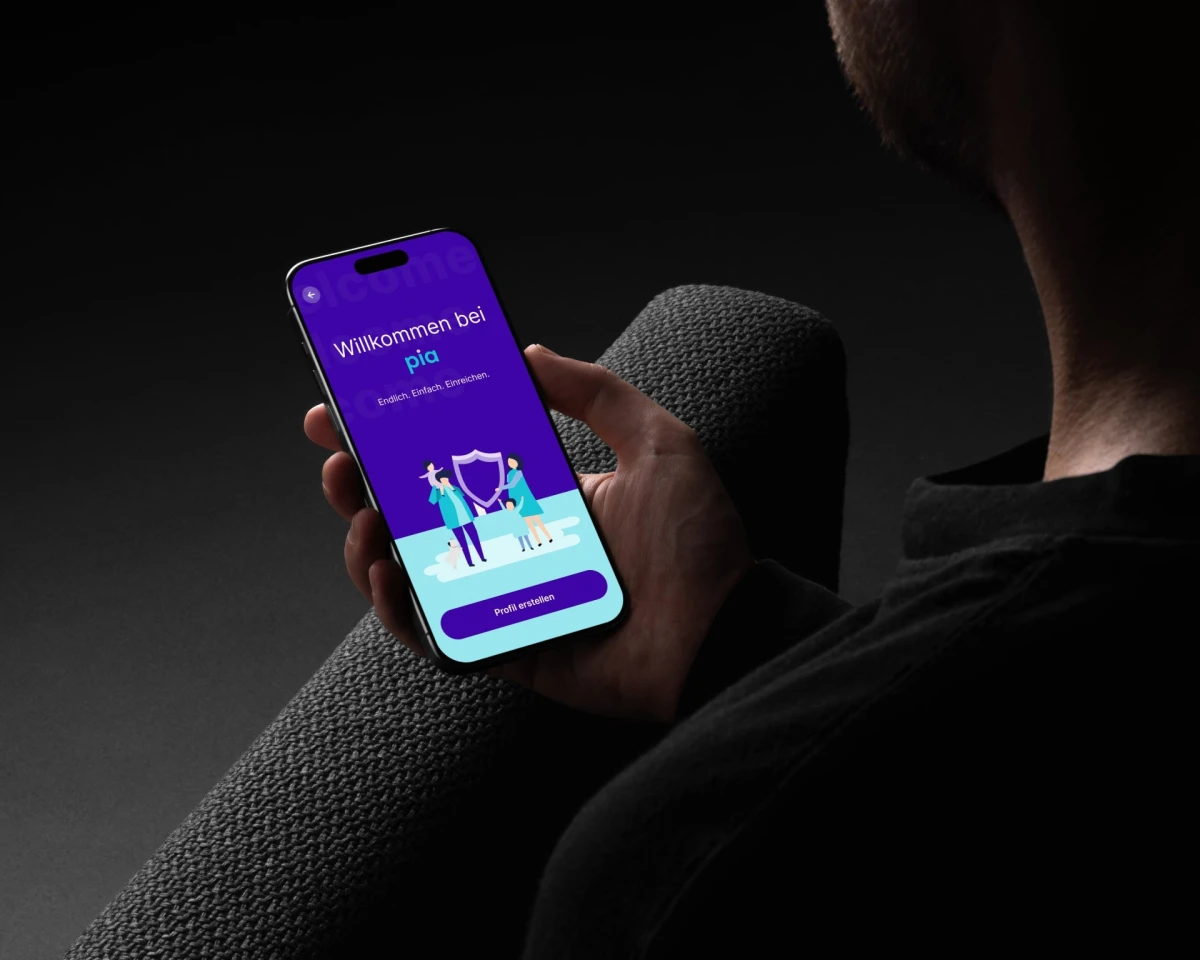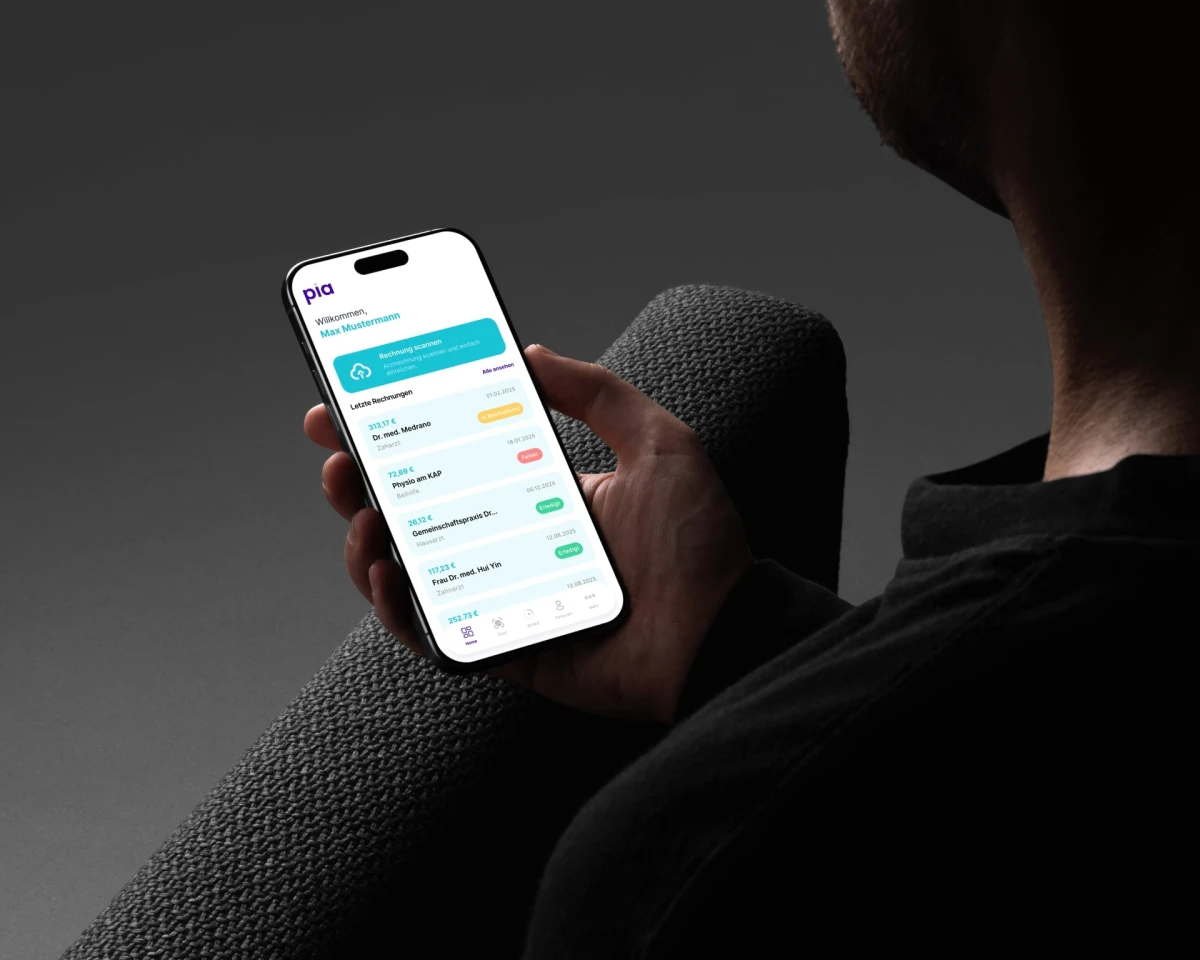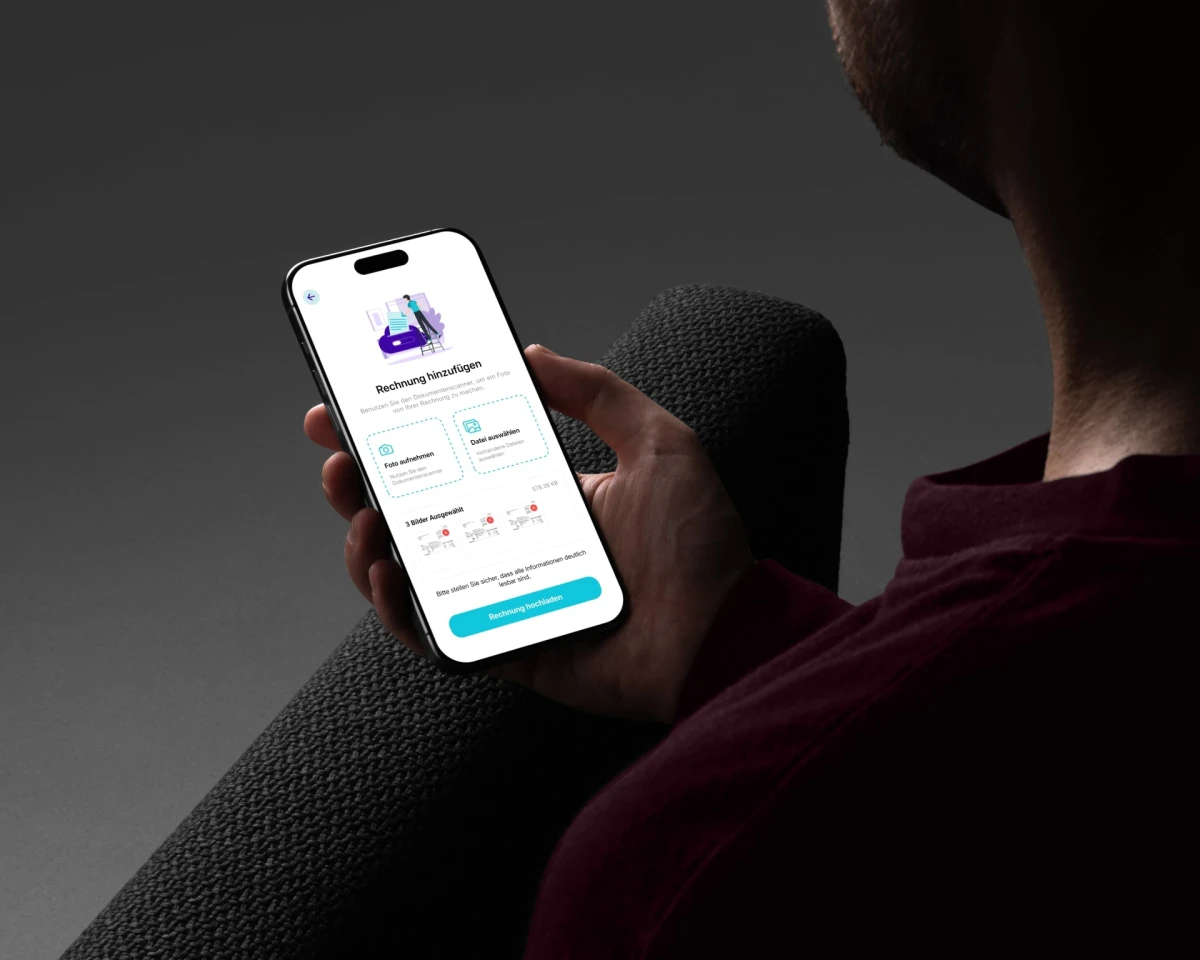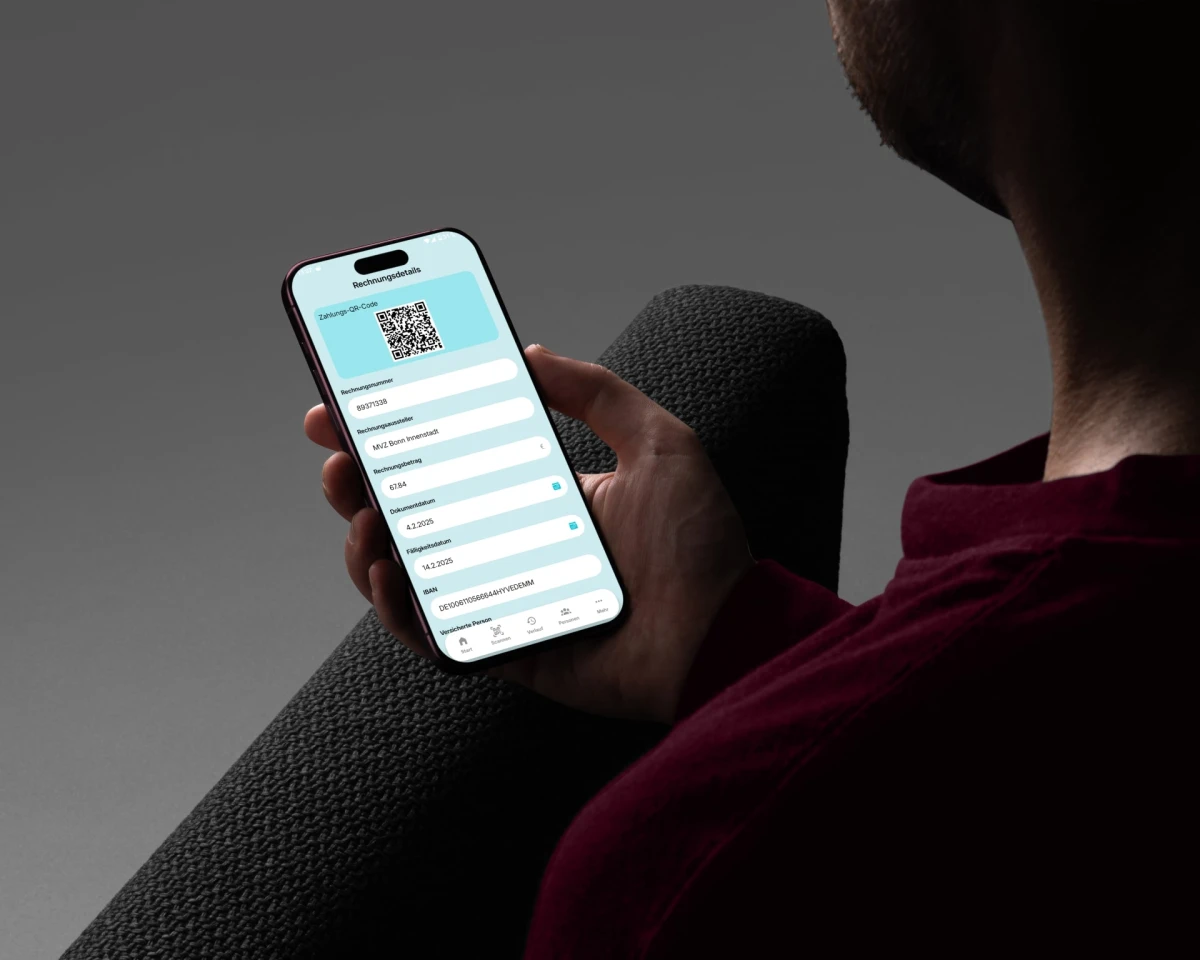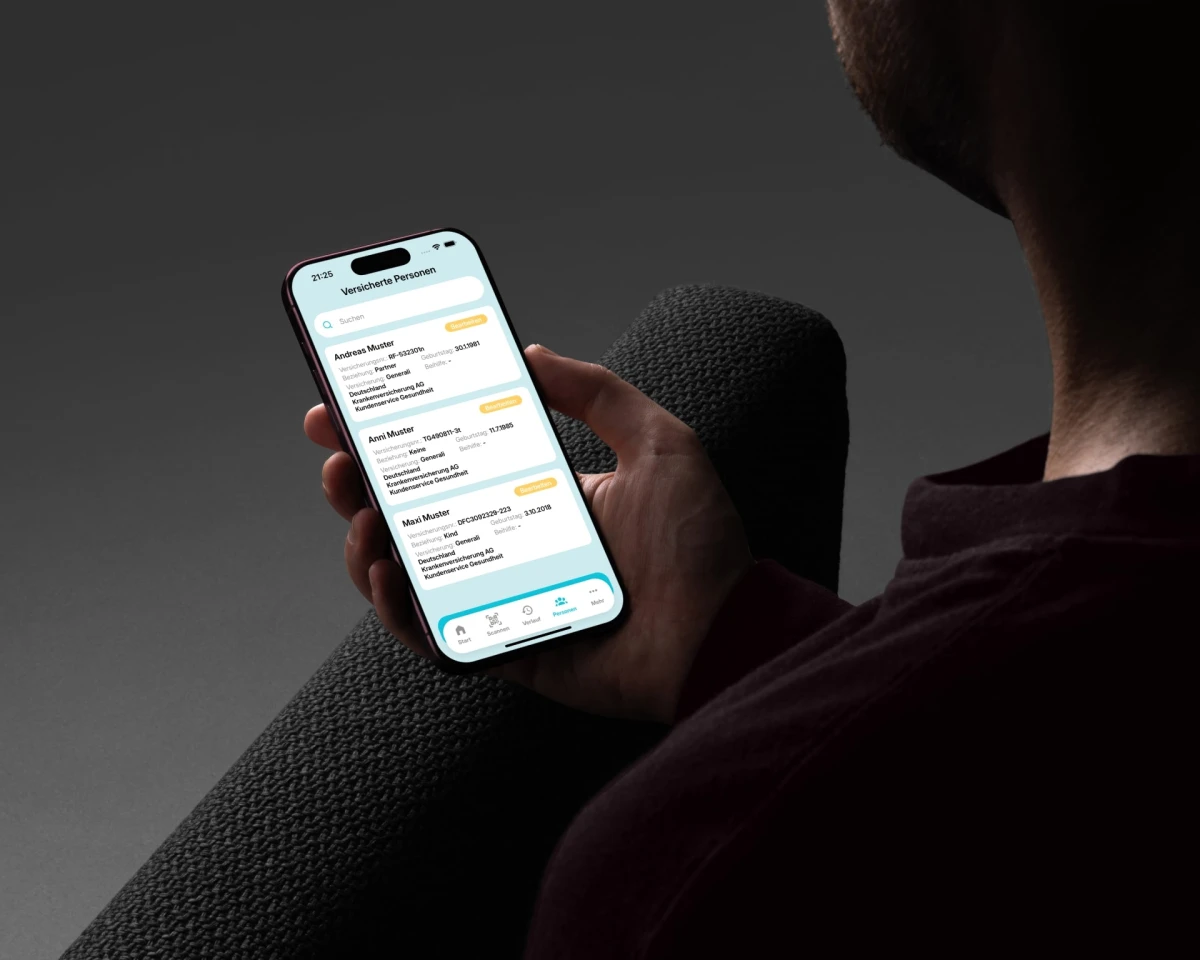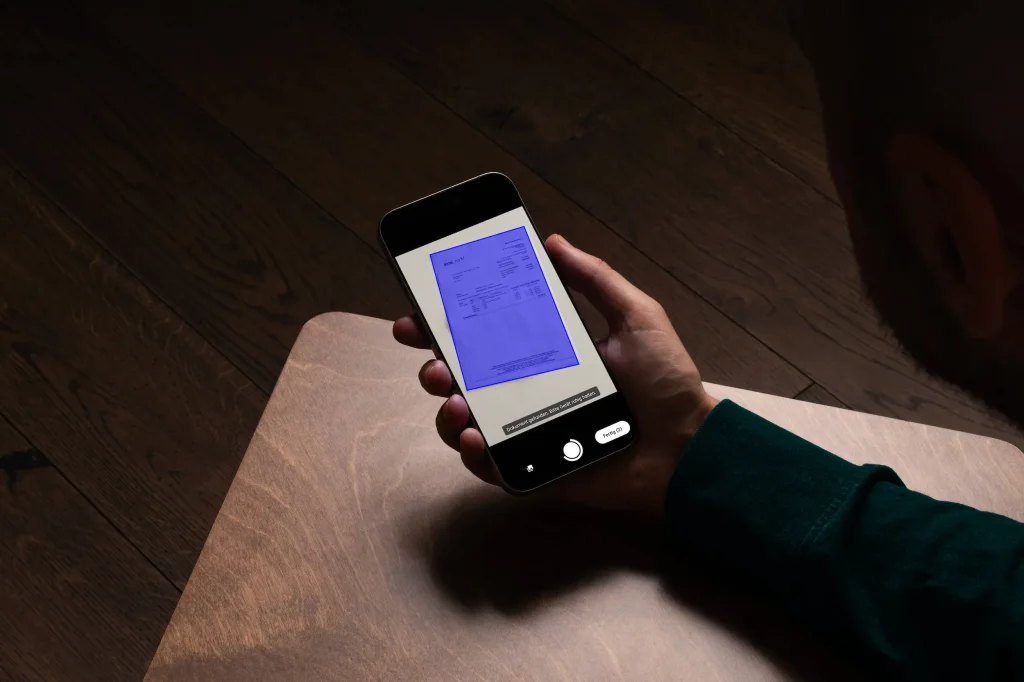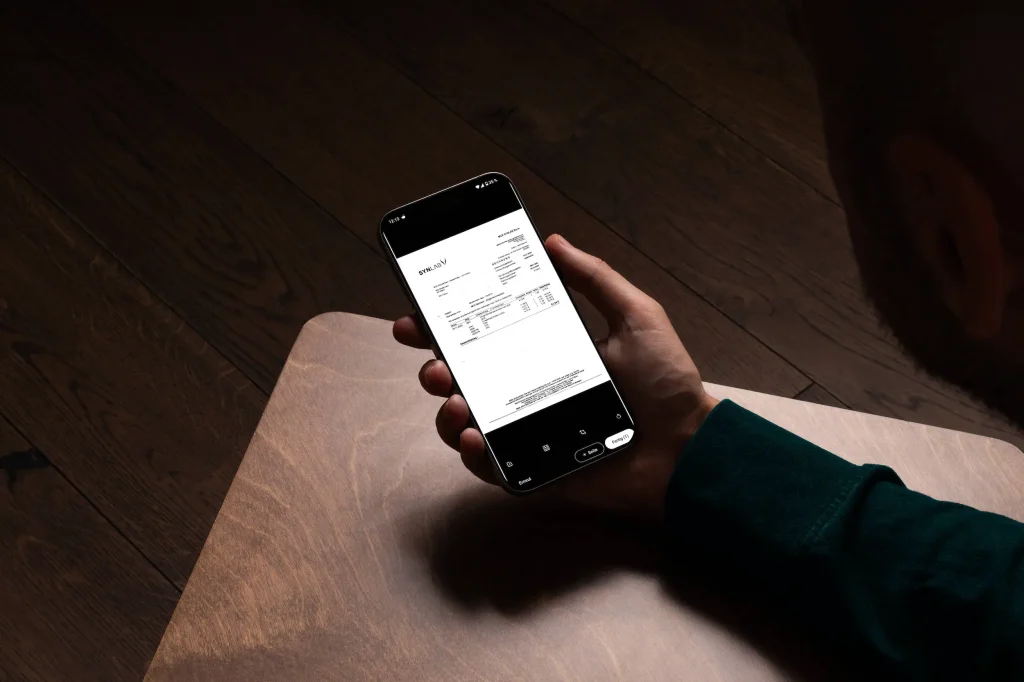Evaluating OCR and LLM solutions that are GDPR-Compliant, scalable and budget-friendly
From a product and technical standpoint, we, as a development team, had to identify the most effective OCR and LLM integrations that offered cutting-edge performance, were fully compliant with GDPR regulations and cost-efficient. This required picking an OCR capable of handling document scan variability while being either open-source or licensed for local, on-premise deployment within EU-based infrastructure. At the same time, choosing an appropriate LLM involves balancing performance accuracy, context length, and processing speed with the constraints of in-house hardware and limited budgets.
Commercial models like ChatGPT, while powerful, are hosted externally, rely on large-scale infrastructure, and are not viable under GDPR for our built, Pia Health app’s use case. The core issue meant delivering the best possible results within the shortest processing time, using available resources, without compromising compliance.
Noteworthy, open-source LLMs are released and are updated by the day, and the app’s backend infrastructure must remain adaptive. This means regularly benchmarking new models to assess whether they can deliver faster or more accurate results with the same or lower computational overhead.
As a development team, we are on a constant dial in to ensure the technical stack remains both competitive and efficient. This includes creating a framework to test OCR and LLM results against actual use cases, assess cost-to-performance ratios based on current infrastructure, and guide our B2B client on an educated, informed, and timely decision on upgrading components.
